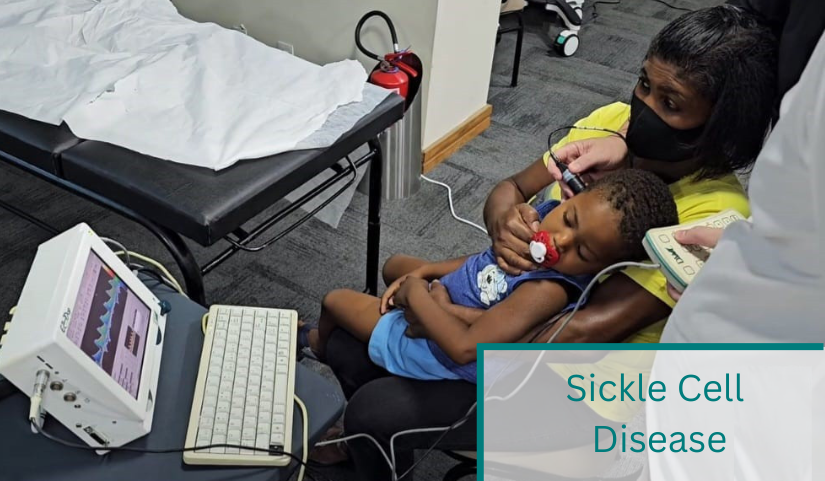10 Juli 2023 Doppler and Duplex
Transcranial Doppler Sonography (TCD) and Transcranial Color Duplex Sonography (TCCD) are complementary diagnostic methods. The diagnosis of stenoses can be made with conventional TCD with the help of higher sensitivity in the velocity measurement....





